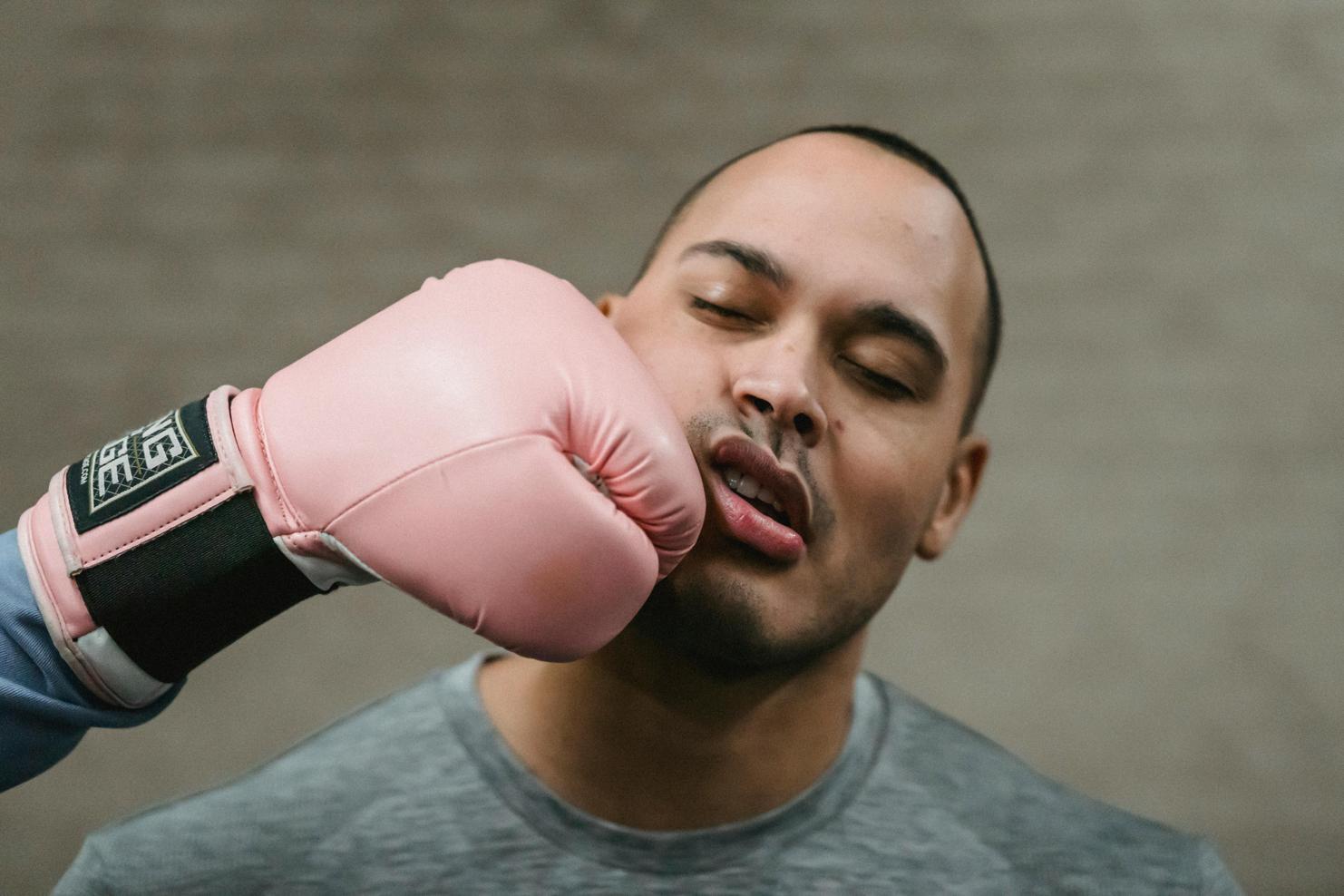Introduction
Getting a lip piercing is a trendy and fashionable choice for many. However, one of the most significant concerns for those considering this type of body modification is the potential pain. The experience of getting a lip ring can vary significantly from person to person, making it crucial to understand the various aspects of the procedure. This blog will provide an in-depth look at how much a lip ring hurts, the factors affecting pain levels, and tips for pain management. By the end of this article, you will have a comprehensive understanding of what to expect.

The Pain Factor
Pain is a subjective experience, and how much it hurts to get a lip ring can differ greatly among individuals. Generally, the pain experienced during the piercing is described as a sharp pinch that lasts a few seconds. This sensation is often likened to getting an injection or plucking a hair. The piercer uses a hollow needle to create the hole in your lip, which can cause a brief, intense sting.
After the initial piercing, a dull or throbbing pain may persist. This discomfort typically lasts for a few hours to a day. The area around the piercing might feel tender and sore, much like a bruise. It’s worth noting that the pain experienced during the procedure is quick and short-lived, making it bearable for most people.
In the days following the piercing, some residual soreness and swelling are common. These symptoms are part of the natural healing process and generally subside within a week. However, everyone’s pain tolerance is different. What might be moderately painful for one person could be barely noticeable to another. Factors like stress, fatigue, and individual pain thresholds play a significant role in how much discomfort you feel.
In general, if you have managed minor pain from other piercings or tattoos before, you’re likely to find the pain from a lip ring manageable. If you’re overly concerned about the pain, remember that the brief discomfort can lead to a unique and stylish adornment that many find rewarding.

Factors Influencing Pain
Several factors can influence the pain level experienced during and after getting a lip ring:
-
Location of Piercing: The exact spot where the piercing is placed on your lip can affect the pain level. Piercings through the thicker, fleshier parts of the lip generally cause less discomfort than those closer to the thinner skin near the lip margin.
-
Piercer’s Skill: The expertise of your piercer can significantly impact your pain experience. Experienced professionals will complete the procedure quickly and efficiently, minimizing discomfort. Ensure you choose a reputable piercer with good reviews and proper certifications.
-
Your Pain Tolerance: Pain tolerance varies widely among individuals. Previous experiences with tattoos or other piercings can often help gauge how you might handle the pain of getting a lip ring. People with high pain tolerance typically find the procedure easier to endure.
-
Mental Preparedness: Your mindset going into the piercing can also make a difference. Being calm and prepared for a brief moment of discomfort can help reduce the perceived pain. Anxiety or stress can amplify the sensation of pain.
-
Aftercare Practices: Following proper aftercare guidelines can affect pain levels and the overall healing process. Proper hygiene and care minimize complications like infections, which could increase pain and prolong healing.
These factors combine to create a unique pain experience for each person. Understanding how they influence discomfort can help you anticipate and manage pain better.

Pain Management
While some pain is inevitable when getting a lip ring, several strategies can help manage discomfort effectively:
-
Pre-Piercing Preparations: Before your appointment, make sure you are well-rested, hydrated, and have eaten a balanced meal. Avoid alcohol or caffeine, as they can increase sensitivity and anxiety. Wear comfortable clothing and feel free to discuss any worries with your piercer.
-
Pain Relief Techniques: Over-the-counter pain relievers like ibuprofen can help reduce initial post-piercing pain and swelling. Follow the dosage instructions carefully and consult with your healthcare provider if needed.
-
Cold Compresses: Applying a cold compress to your lip can reduce swelling and numb the area, providing relief. Use a clean cloth or ice pack wrapped in a towel, and apply it for 10-15 minutes at a time.
-
Salt Water Rinses: Rinsing your mouth with a saltwater solution (preferably non-iodized sea salt) several times a day can promote healing and reduce pain. Dissolve 1/4 teaspoon of salt in 8 ounces of warm water and swish the solution gently in your mouth.
-
Avoid Irritants: Stay away from spicy, acidic, or hot foods and beverages, as they can irritate the piercing site. Be cautious with facial products and cosmetics around the pierced area.
-
Mindful Eating and Drinking: Opt for soft foods initially and be careful when chewing. Use a straw for drinking to avoid contact with the piercing.
-
Follow Aftercare Instructions: Your piercer will provide specific aftercare guidelines. Typically, these include cleaning the piercing with a saline solution, avoiding touching the area with dirty hands, and refraining from removing or changing the jewelry prematurely.
By adhering to these pain management strategies, you can ensure a more comfortable and smooth healing process.
Conclusion
Getting a lip ring involves some pain, but the level of discomfort experienced varies from person to person. Understanding the factors that influence pain and implementing effective pain management strategies can make the process more bearable. Your mental preparedness, choice of piercer, and aftercare practices play crucial roles in minimizing pain and ensuring a smooth recovery. With proper care, the brief moment of discomfort will soon be forgotten, and you’ll be left with a striking new look.
FAQs
Frequently Asked Questions
How long does the pain last after getting a lip ring?
The initial sharp pain of the piercing itself lasts just a few seconds. Mild to moderate soreness and swelling can persist for a few hours to a day. Residual tenderness and mild discomfort are common and typically subside within a week. If discomfort continues beyond this point, it may be wise to consult with your piercer or a healthcare provider.
What are some ways to minimize pain during the healing process?
To minimize pain during the healing process, consider the following:
– Take over-the-counter pain relievers as needed.
– Apply cold compresses to reduce swelling.
– Use saltwater rinses to promote healing.
– Avoid irritants like spicy foods and hot beverages.
– Eat soft foods and use straws when drinking.
– Follow your piercer’s aftercare instructions diligently.
By following these tips, you can ensure a smoother and less painful healing journey.
What should I do if my lip ring gets infected?
If you suspect an infection, it’s crucial to act quickly to prevent complications:
1. **Identify Symptoms**: Signs of infection include excessive redness, swelling, throbbing pain, pus discharge, and fever.
2. **Contact Your Piercer**: Seek advice from your piercer, as they can provide guidance and might suggest changing the jewelry or cleaning practices.
3. **Consult a Healthcare Provider**: Visit a healthcare professional for appropriate treatment, which may include antibiotics.
4. **Maintain Hygiene**: Continue to clean the piercing with saline solution and avoid touching it with dirty hands.
Taking prompt action helps ensure swift recovery and prevents further issues.
